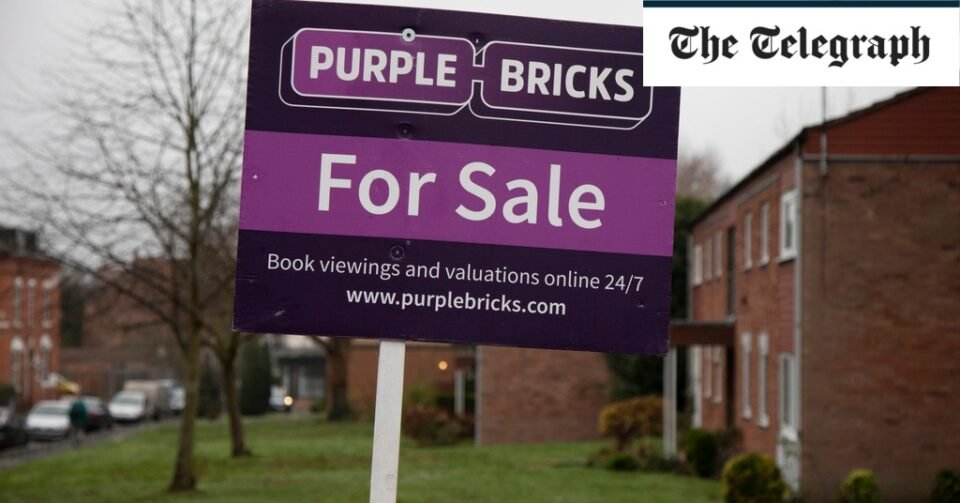Around 40,000 loans worth £7.4bn have been extended to families under the so-called mortgage guarantee scheme, which is partially underwritten by the government.
Treasury data show the average value of a property purchased or remortgaged through the scheme was £199,245 to the end of 2023, compared with an average UK house price of £287,546. The data also show almost a quarter of all mortgage completions through the scheme to date are on properties worth up to £125,000, with a further 52pc on properties valued between £125,001 and £250,000.
Most homes bought under the scheme have been outside London.
Sources said the Prudential Regulation Authority (PRA) could still raise concerns about banks’ exposure to 99pc LTV mortgages, even if they were partially underwritten by the government. “They could look for additional capital buffers to support lending at this loan-to-value (LTV),” said one industry source.
Capital rules introduced next year require higher capital buffers for loans in excess of 90pc LTV. Even higher so-called risk weights would also apply to mortgages where no deposit is required.
Senior banking sources also highlighted small deposits could lead to more families living in a property worth less than their mortgage.
“If banks do grant 99pc mortgages, and I expect they would only do so if there was a government guarantee, there is a risk that borrowers in the event of a property downturn, get into negative equity, meaning they can’t move as their life circumstances change, because they owe more than their house is worth,” said one source. “And a guarantee would mean one set of taxpayers subsidising another set.”
The Bank of England declined to comment.

